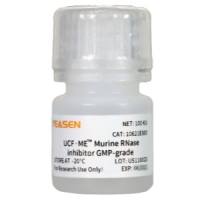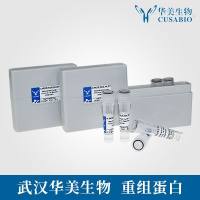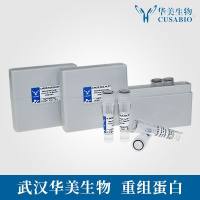Murine Models of Intestinal Anastomoses
互联网
互联网
相关产品推荐

UCF.ME 鼠源RNase抑制剂(Murine RNase inhibitor) GMP级别
¥1398

Recombinant-Murine-coronavirus-Non-structural-protein-4-4Non-structural protein 4; ns4 Alternative name(s): Accessory protein 4
¥9884

Recombinant-Murine-adenovirus-A-serotype-1-Early-E3-177-kDa-glycoproteinEarly E3 17.7 kDa glycoprotein
¥10206

Recombinant-Moloney-murine-leukemia-virus-Glycosylated-Gag-polyproteingagGlycosylated Gag polyprotein; Pr80gag Alternative name(s): Glyco-gag gp80gag Cleaved into the following 2 chains: 1. Nextended-MA-p12 2. CA-NC
¥10528

Recombinant-Murine-coronavirus-Envelope-small-membrane-proteinEEnvelope small membrane protein; E protein; sM protein
¥9562

